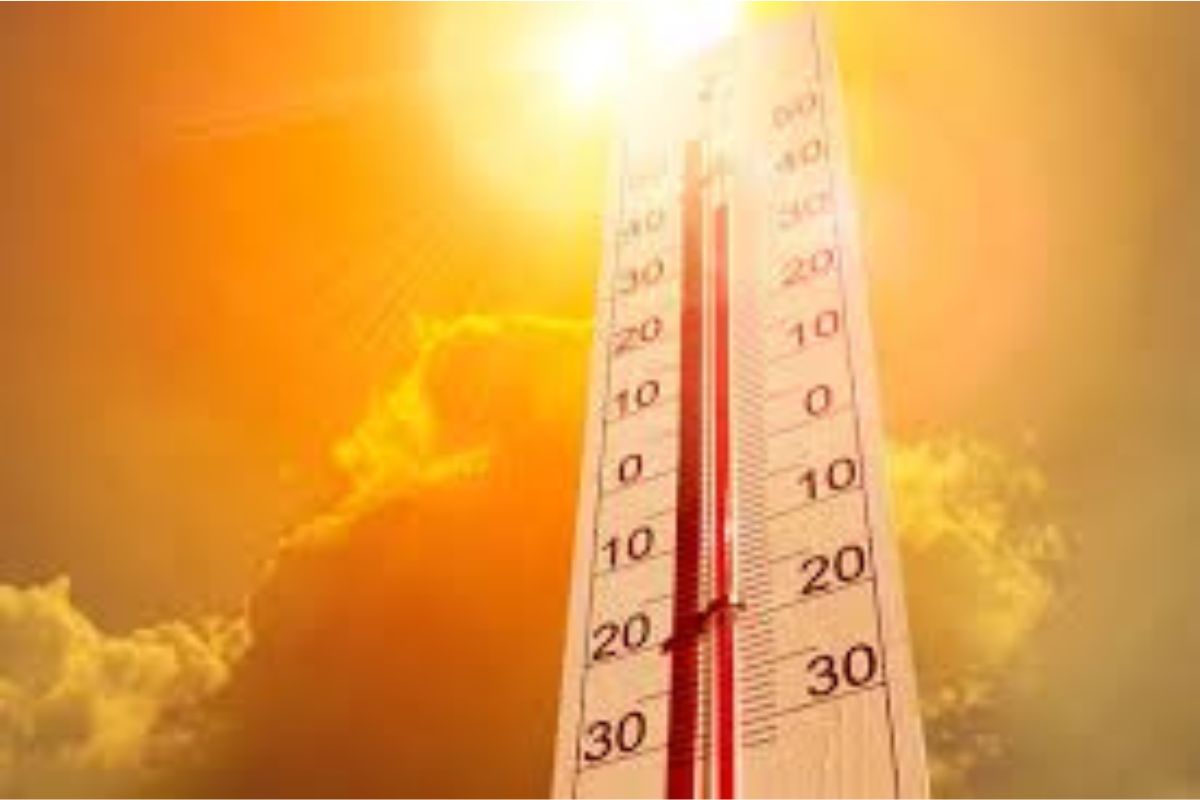The Centre has asked the Health Departments of all the states and Union Territories (UTs) for sensitisation and capacity building of medical officers, health staff, and grass-root level workers on heat illness and its early recognition and management.
In a letter addressed to the chief secretaries of all the states and advisers to administrators of all UTs, Union Health Secretary Punya Salila Srivastava said, “With the onset of summer, an increase in the exposure to heat, including extreme conditions may occur. Some places in the country have begun witnessing high temperatures.”
Advertisement
Drawing their attention to public health and clinical guidelines on ‘Heat and Health’, available on the website of National Centre for Disease Control (NCDC), she urged them to disseminate these guidance documents to all districts for effective preparedness of health departments and health facilities to prevent, manage, and monitor the health impacts of extreme heat.
Informing that from March 1, through daily surveillance, patient-level information on clinical diagnosis of heatstroke is being captured on Integrated Health Information Platform (IHIP) for all states and uts, the health secretary said training sessions in virtual mode have been conducted recently by the National Programme on Climate Change and Human Health (NPCCHH), NCDC in this regard.
Srivastava called for ensuring that these are carried forward with the training material provided by NCDC and that all relevant health professionals are trained to report on IHIP using existing P-form level credentials.
“The daily heat alerts generated by the India Meteorological Department (IMD) are shared by NPCCHH, NCDC with states. These alerts include forecasts of heat waves for the next 3-4 days and may be disseminated promptly to all health facilities. State, district, and city health departments may ensure the implementation of heat-health action plans and support in planning, managing and assessing response to heat along with other responding agencies,” she said.
The health secretary said the health departments of the states/UTs must continue their efforts for sensitisation and capacity building of medical officers, health staff, and grass-root level workers on heat illness and its early recognition and management.
She directed review of health facility preparedness for the availability of adequate quantities of essential medicines, intravenous fluids, ice packs, ORS and all necessary equipment to provide active, emergency cooling. “Guidance on developing heatstroke management units and emergency management of severe heat-related illnesses has been disseminated. Availability of sufficient drinking water at all Health Facilities and the continued functioning of cooling appliances in critical areas must be ensured,” Srivastava said.
Pointing out that fire safety in health facilities is critical, she said health facilities should conduct thorough inspections, safety and electrical load audits and ensure fire NOC compliance.
“Health facilities need to increase their resilience to heat by arranging uninterrupted electricity for the constant functioning of cooling appliances, Installation of solar panels (wherever feasible), energy conservation measures and measures to reduce indoor heat through cool/green roofs (NDMA guidelines may be referred), window shades, shade outside etc. Rainwater harvesting and recycling plants may also be explored for self-sufficiency in water,” the Health Secretary said.
She also said that States may also utilise information, education and communication (IEC) as well as community-level awareness materials developed by NPCCHH regarding the precautions to be taken by people to safeguard themselves against heatwave.
















